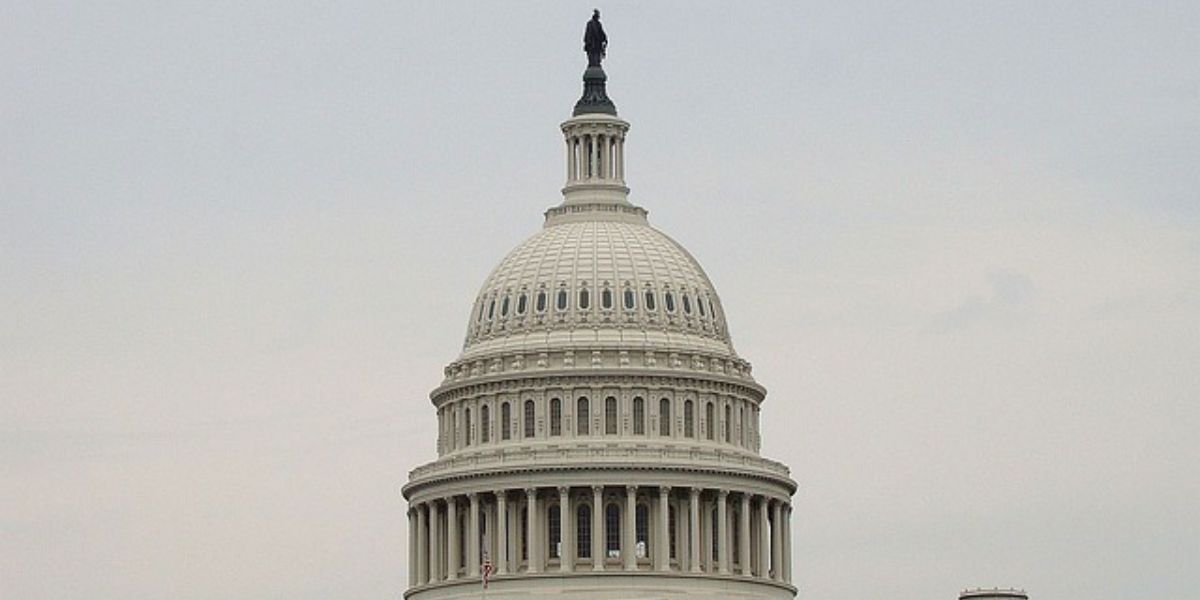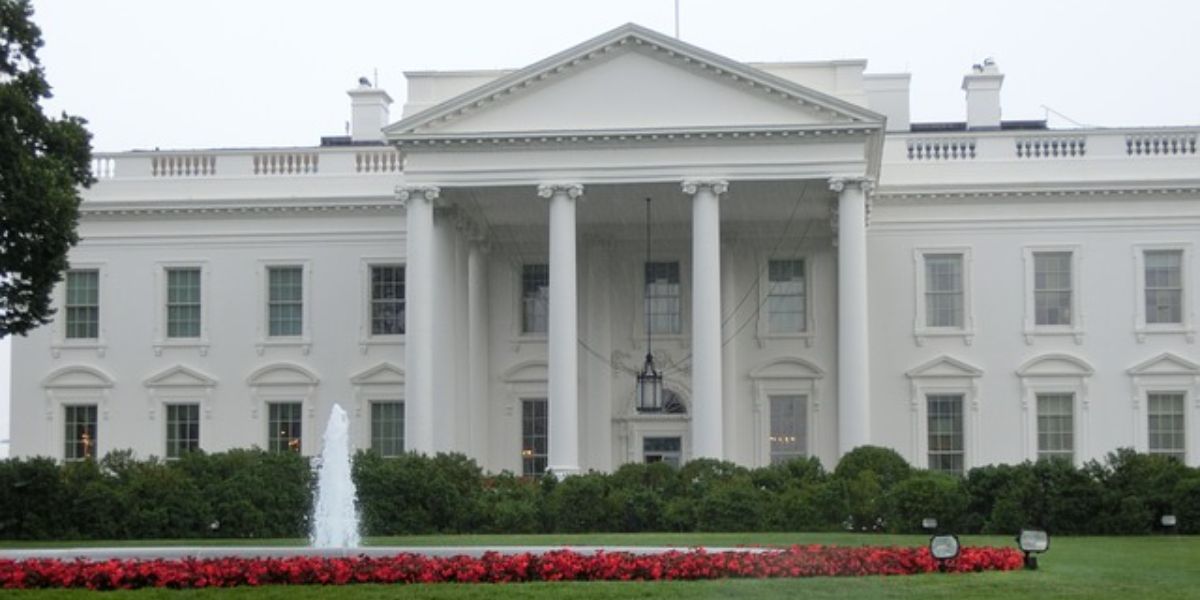President Donald Trump proposed on 27 September 2017 the biggest U.S. tax overhaul in three decades. The proposals come in a “framework” for tax reform with the following changes.
Individual measures:
- Seven existing tax brackets collapsed to three: 12%, 25%, 35%
- Elimination of deductions for state and local taxes
- Repeal of the estate or “death” tax
- Standard tax deduction doubled to $12,000 for single filers
Business measures:
- Reducing the corporate tax rate to 20%;
- Setting a 25% top tax rate for pass-through entities;
- Introducing a reduced repatriation tax rate in the range of 3.5% to 8.75% payable over a period of eight years;
- Changing to a territorial tax system;
- Allowing immediate expensing of new machinery and inventories; and
- Repealing the alternative minimum tax.
The plan still must be turned into legislation, which was not expected until after Congress makes progress on the fiscal 2018 budget, perhaps in October. It must then be debated by the Republican-led congressional tax-writing committees.


















